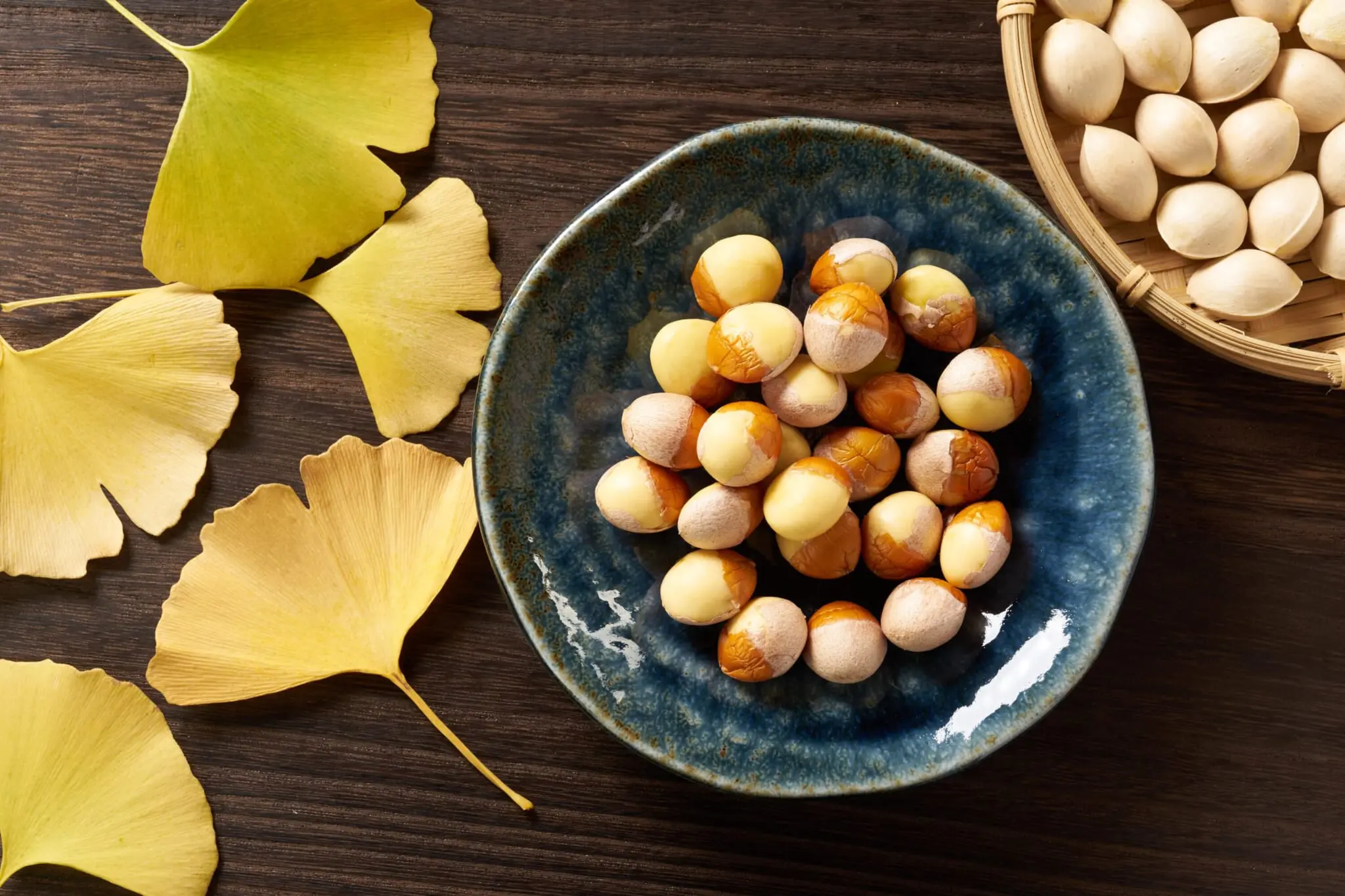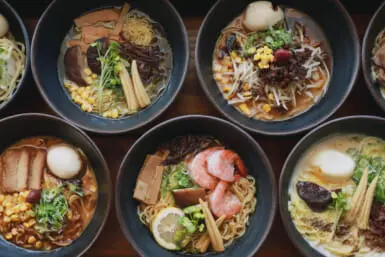Each November, sweater-clad strollers wander the golden carpets of ginkgo leaves shrouding the streets of Tokyo. Yet these ethereal ginkgo-lined paths are recipes for disaster come early winter, as passersby continuously step on and activate the beautiful yellow trees’ stinky offspring: ginkgo nuts. Despite their foul stench, these kernels are surprisingly edible and even enjoyed annually in Japan. Read on to find out about their various usages.
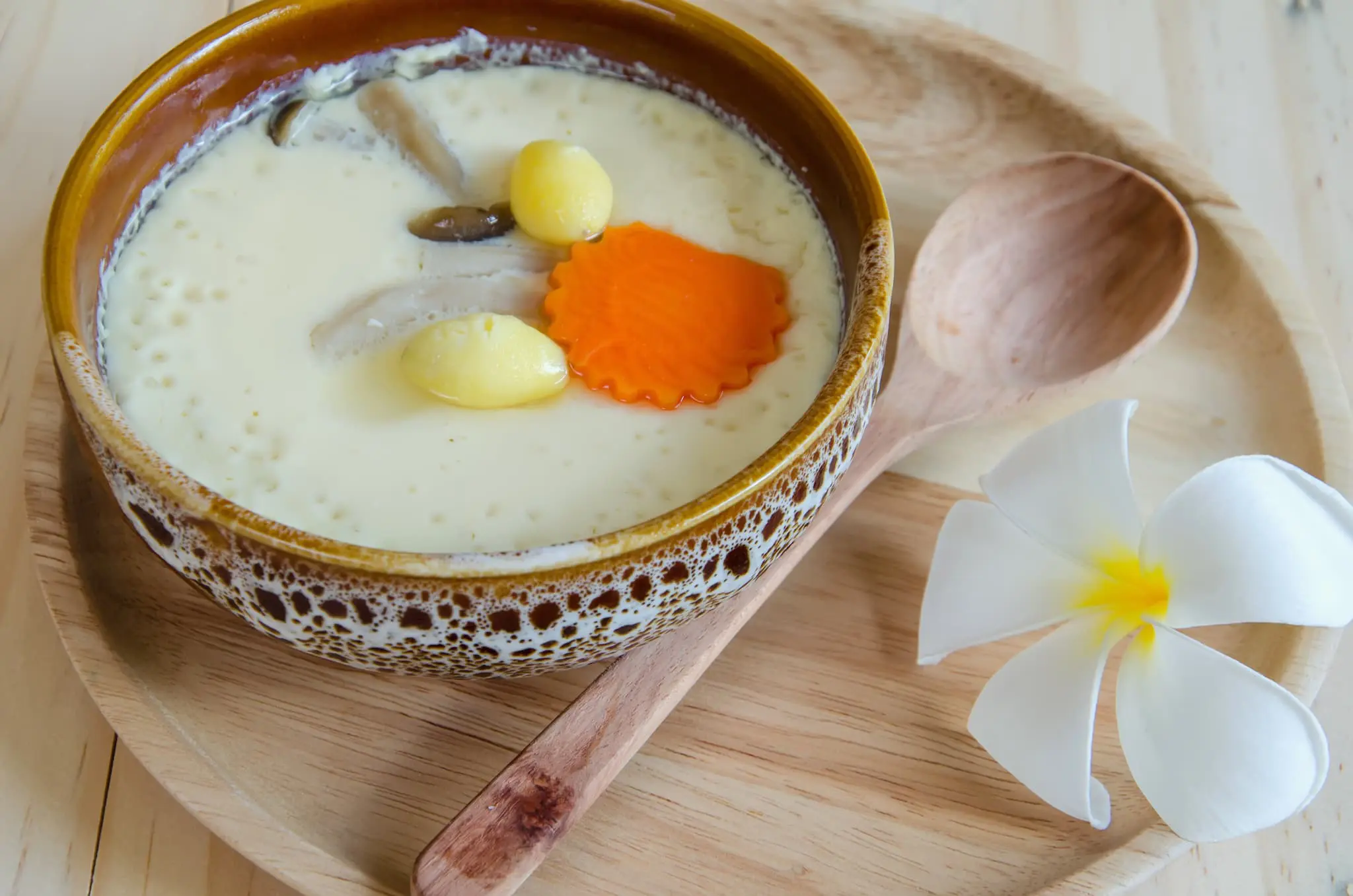
ginkgo nut chawanmushi
Ginkgo Nuts: A Taste of Autumn in Japan
The Culinary Uses of Ginkgo Nuts
Ginkgo nuts — known here as ginnan — are a cherished ingredient in Japanese cuisine, valued for their unique flavor and texture. They are most often used in savory dishes such as chawanmushi, a delicate dashi-infused steamed egg custard. Chawanmushi translates to “steamed tea bowl,” and is traditionally served in a porcelain cup with a lid. During the winter, ginkgo nuts add a subtle hint of nuttiness and sweetness to this comforting appetizer.
Another popular use of ginkgo nuts in Japanese cooking is in ginkgo nut rice, which mixes the nuts into rice for added flavor and nutrition. Ginkgo nuts are also enjoyed in traditional snacks, such as anko-based wagashi (traditional Japanese sweets filled with red bean paste) or as a garnish on other seasonal desserts.
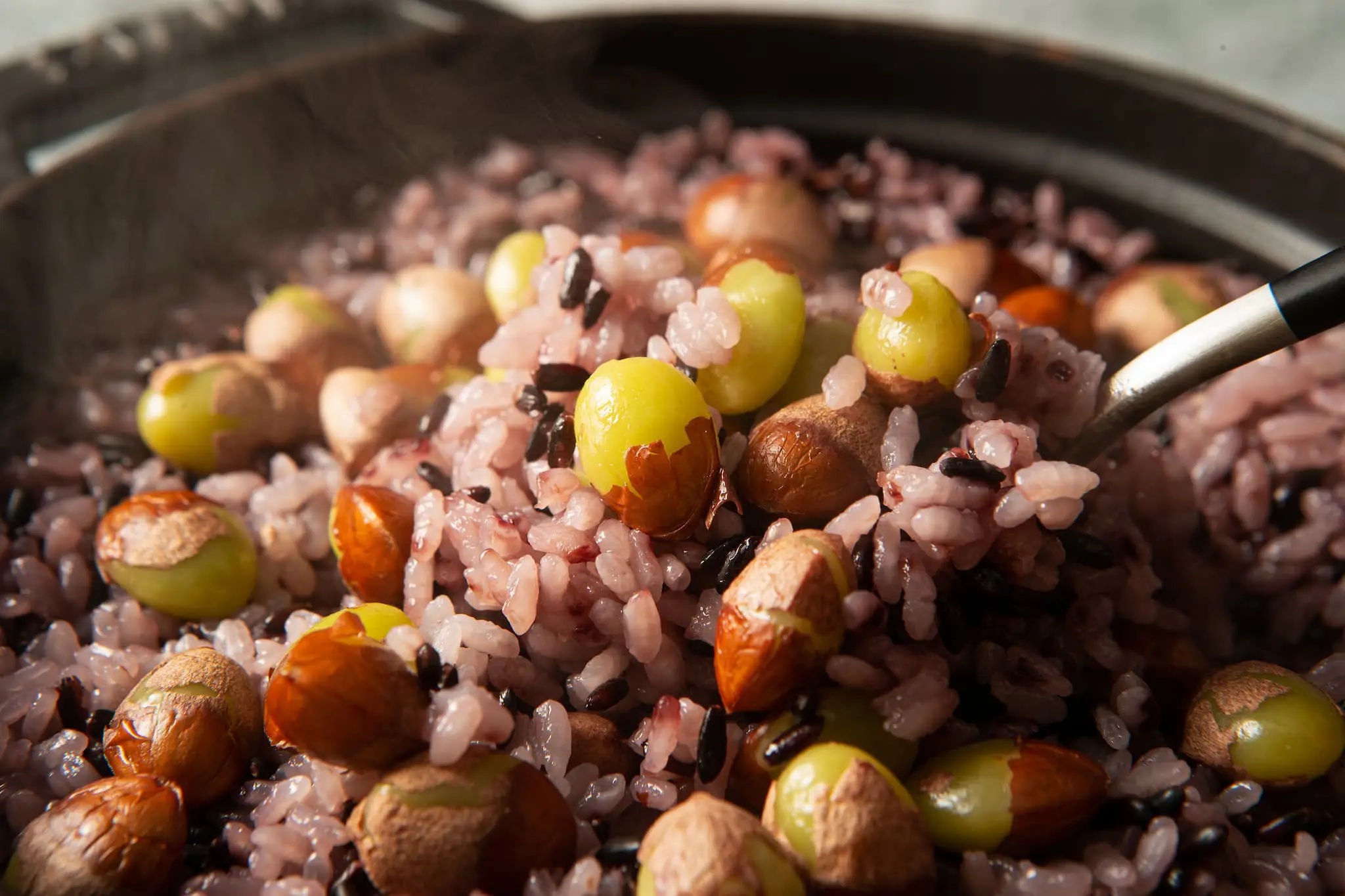
What is the Appeal of Ginkgo Nuts?
Ginkgo nuts make an appearance in Japanese dishes every winter due to their medicinal properties. One of the oldest living tree species in the world, ginkgo trees have long historical ties to Chinese medicine. The nuts were used to treat asthma, bronchitis, kidney and bladder disorders, among other illnesses. Members of the royal court ate them to keep their memories sharp.
Their reputation as healthy supplements remains today. Along with a host of other nutritional benefits, they contain vitamin C for collagen production and are said to improve immunity. They are also rich in iron, lecithin and potassium. Some studies have claimed that ginkgo may even help treat dementia and ADHD.
Although they are not everybody’s cup of tea, ginkgo nuts appeal to many due to their satisfying gummy texture and nuanced umami flavor. Their mild sweetness allows them to be incorporated seamlessly into various flavor palettes and dish categories.
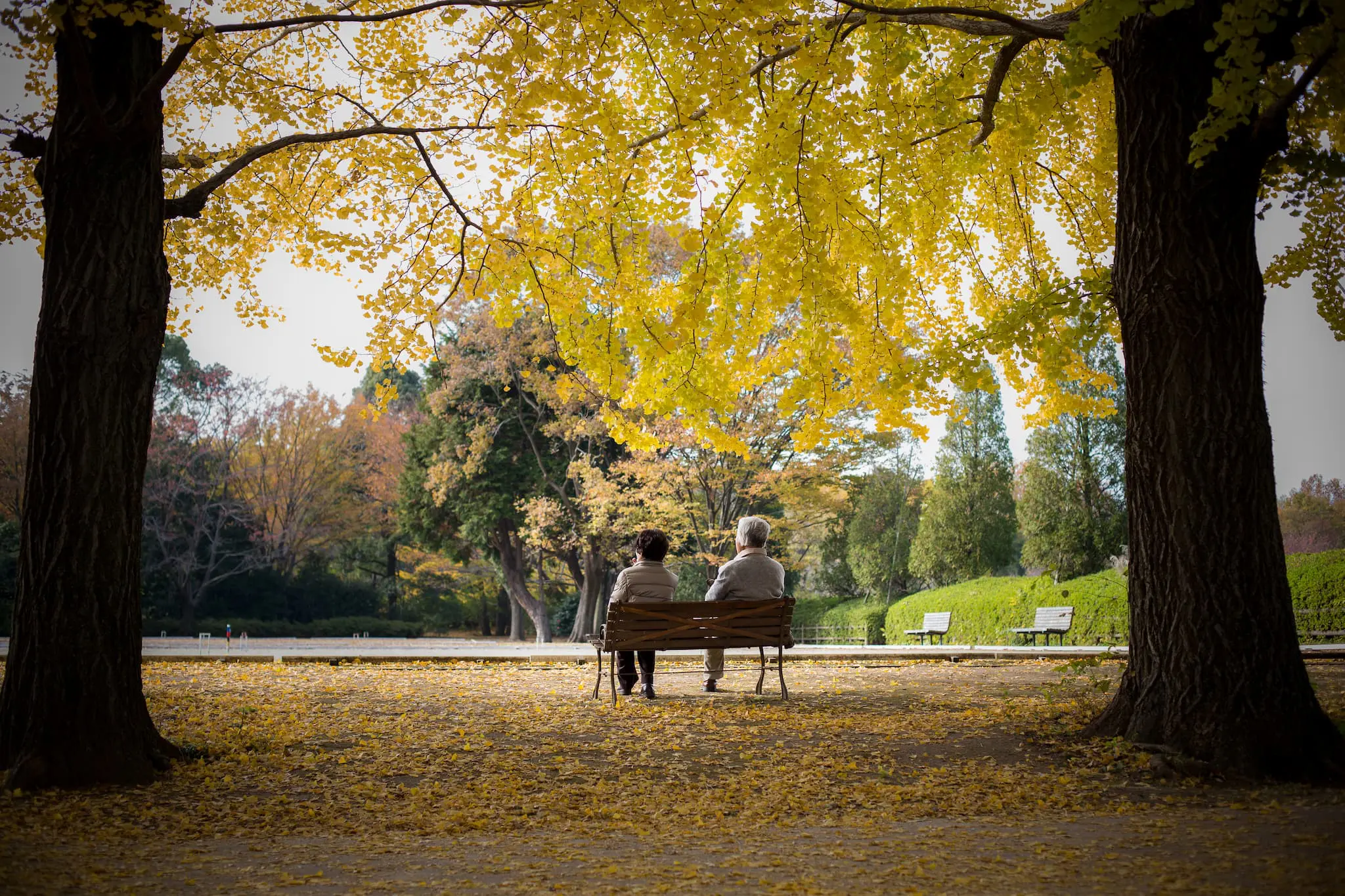
Ginkgo Trees in Japanese Culture
The History and Symbolism of Ginkgo
As well as their health benefits, there is also a cultural reason for ginkgo nuts’ currency in Japan. For one, the ginkgo tree — and by extension, ginkgo nuts — symbolize good luck and longevity. This is mainly due to the plant’s ancient origins: the first fossils resembling ginkgo trees date back to the early Jurassic era. Its modern descendent, ginkgo biloba, came to signify endurance. The ginkgo tree also became an icon of resilience and hope when it survived the Hiroshima atomic bomb in 1945.
Ginkgo trees also carry great religious significance. Their association with longevity has ties to Buddhism, Taoism and Confucianism. In Japan specifically, they are connected to Shintoism. Sculptors have long used the wood from ginkgo trees to carve religious statues, and ginkgo trees on temple grounds act as sites to pray for locals. Visitors decorate the trees with inscriptions and ribbons expressing their wishes. Because of these spiritual ties, Buddhist temples and Shinto shrines are some of the most popular areas to admire the oldest and largest ginkgo trees.
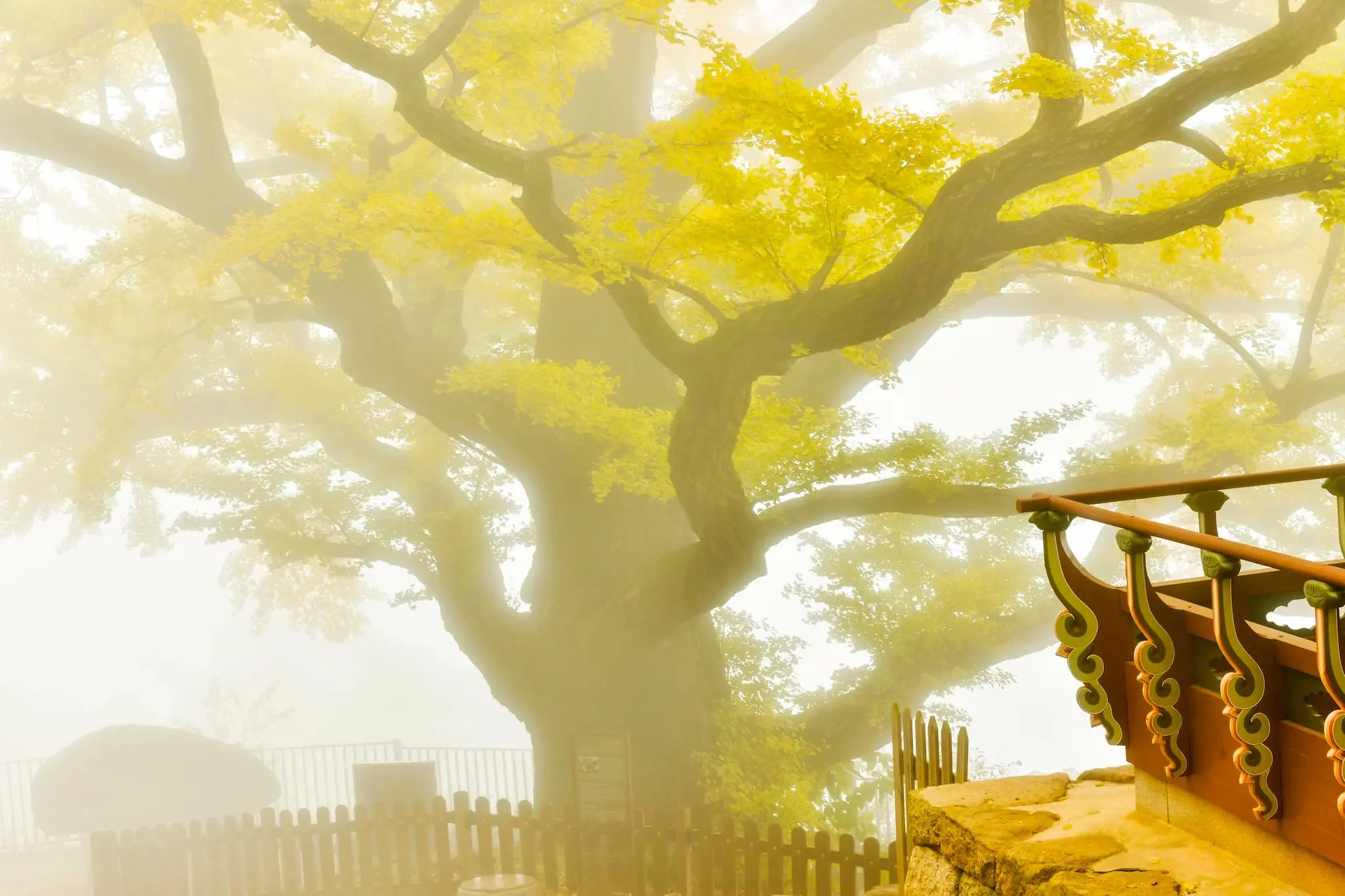
Ginkgo in the Arts
In the fields of literature and visual art, ginkgo trees have been muses to eastern and western artists alike. Some famous examples include Johann Wolfgang von Goethe’s 1815 poem that likens love to the two lobes of the ginkgo leaf, and Seitei Watanabe’s 1916 woodblock print “Crow in Flight,” that portrays the crow as a divine messenger of peace, arriving with fluttering ginkgo leaves. The earliest historical reference to ginkgo nuts is also located within art: an exchange of poems from China’s Song Dynasty. In Chinese literature and poetry, ginkgo nuts have been referred to as “silver apricots,” or “white eyes.”
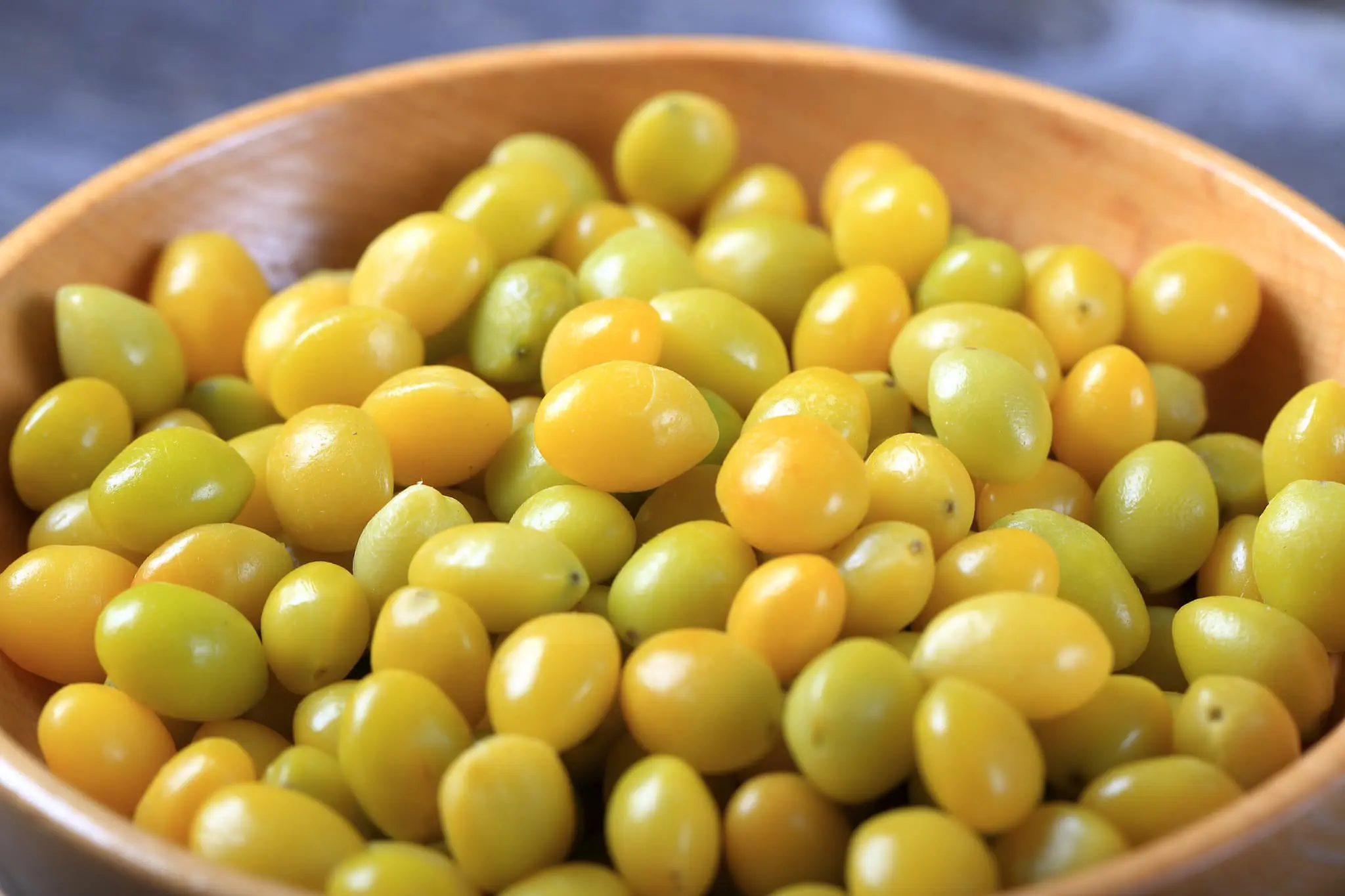
Collecting and Eating Ginkgo Nuts
Safety First
When collecting ginkgo nuts for consumption, you first want to make sure that you find female ginkgo trees. Most urban streets lined with ginkgo trees feature male trees, as they only produce pollen, not the smelly nuts. In residential or more remote areas, however, you can come across female ginkgo trees that produce pulpy, persimmon-colored fruit that drop once they are ripe.
If you decide to pick these up, wear gloves — ginkgolic acids in the fruit can irritate skin and cause a rash. It is best to gather them earlier in autumn, when they first fall from the trees. Later on, it will be difficult to remove the acidic pulp from the nut. Upon squeezing the fruit in your hand, the nut that pops out must be rinsed and scrubbed thoroughly until no pulp remains. If the pulp is dry and hard to separate, soak the fruit in water for up to 24 hours before cleaning. They then need to be dried before they are ready for roasting or cooking.
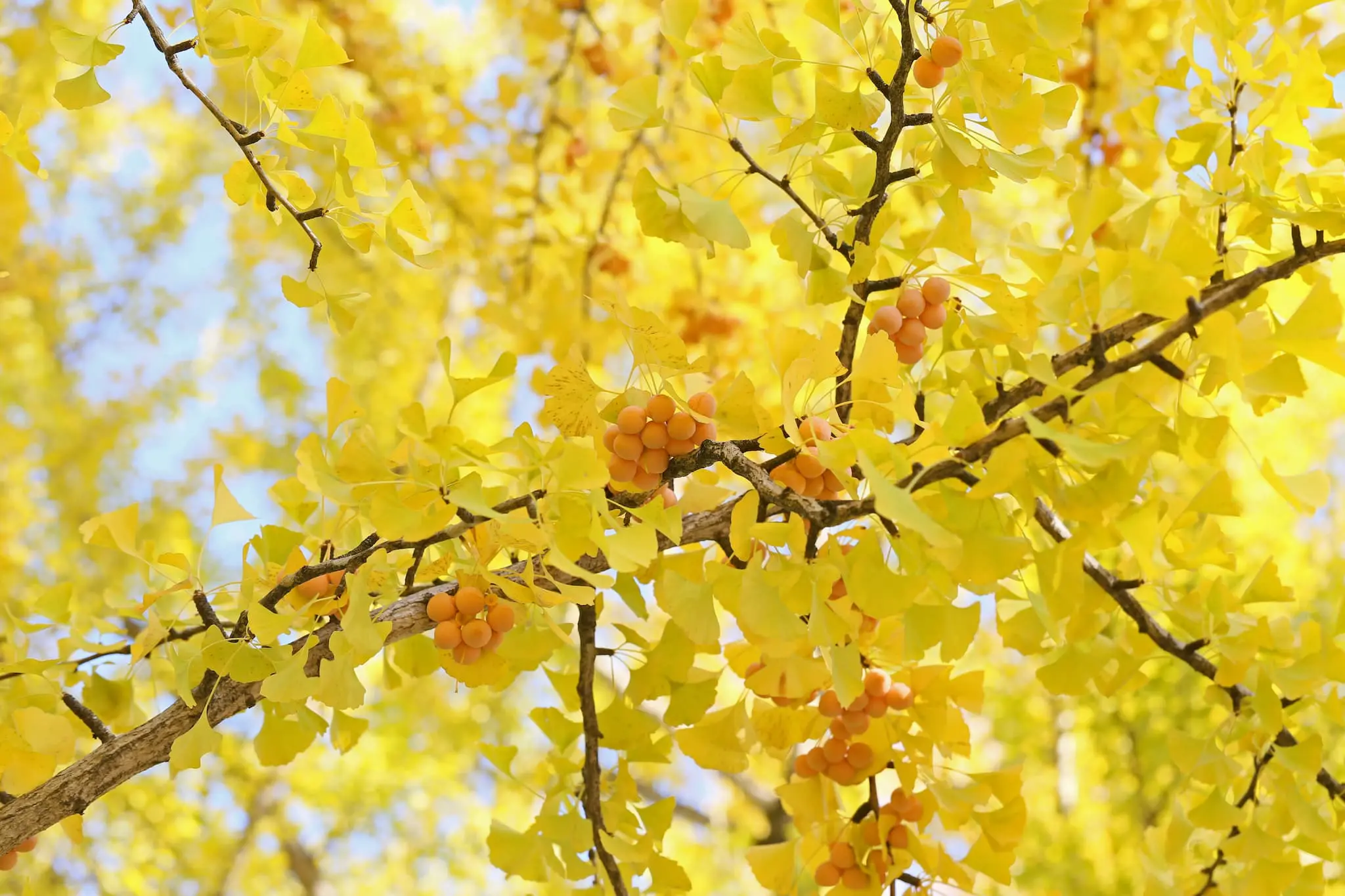
Eat in Moderation
Ginkgo nuts, whether roasted, boiled or steamed, should be eaten only in small quantities. They can be toxic, and cause food poisoning. Children should not have more than six nuts per day, and adults should eat no more than 20. It is best for children under 5 to avoid consuming them.
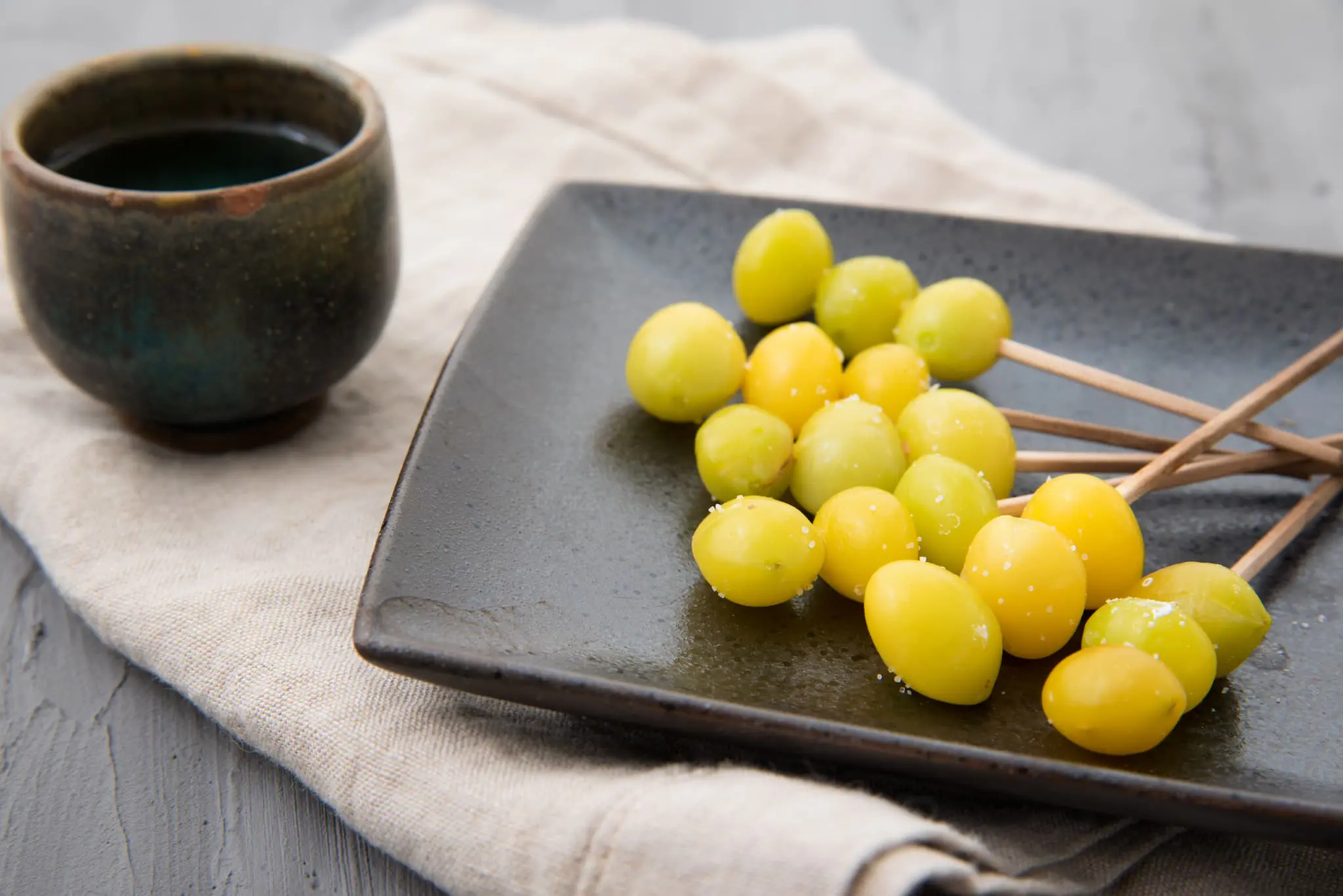
Where To Try Ginkgo Nuts in Tokyo
If you are keen to try these nuts yourself but don’t feel like foraging, you can always head to various restaurants and izakaya around Tokyo to sample them. Here are a few options:
Yakitori Restaurants:
- Toriki: This is an upscale yakitori restaurant in Kinshicho where you can try a deliciously chewy skewer of ginkgo nuts.
- Kushiwakamaru Main Store: This is a casual yakitori bar in Kamimeguro offering lightly salted ginkgo skewers.
- Nanaki Main Store: This yakitori izakaya in Ebisu offers fried ginkgo.
Izakayas:
- Setouchi Wasai Naoshima: A creative Japanese bistro in Gotanda, you can eat fragrant grilled ginkgo nuts here.
- Joetsu Yasuda Ginza: At this seafood-focused izakaya, you can enjoy ginkgo skewers.
- Kongoan Jimbocho Branch: A soba restaurant and izakaya that serves roasted ginkgo sourced from Niigata Prefecture.
Other:
- Casual Sushi Chains: Many sushi establishments have chawanmushi on their menu that almost always feature a ginkgo nut in them during the fall and winter months.
- Traditional Japanese Sweet Shops: Similarly, most traditional sweet shops carrying daifuku (rice cakes stuffed with filling), dango (rice cakes on a skewer) and other wagashi such as yokan (dense jellies made of red bean paste) feature ginkgo nuts seasonally.

